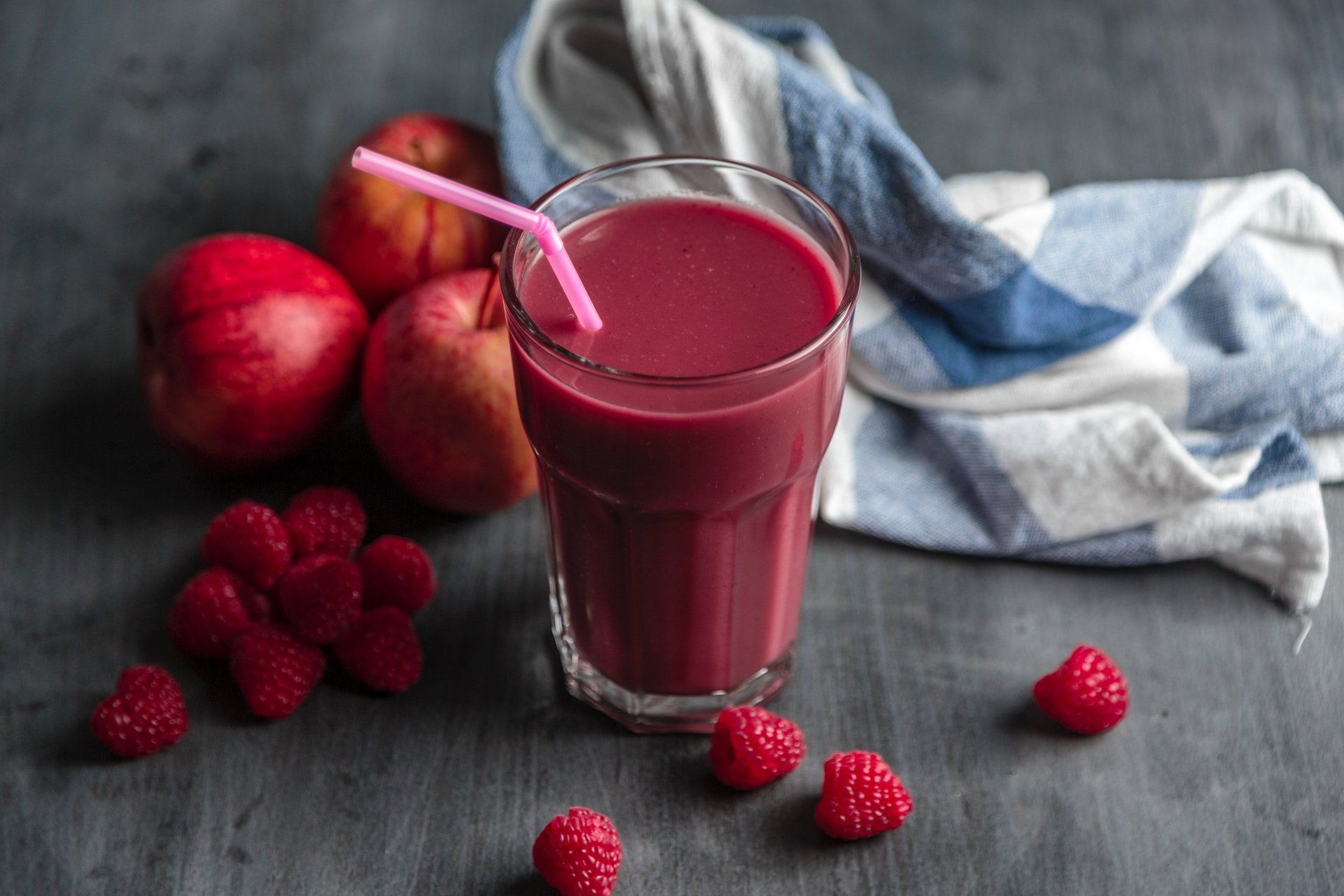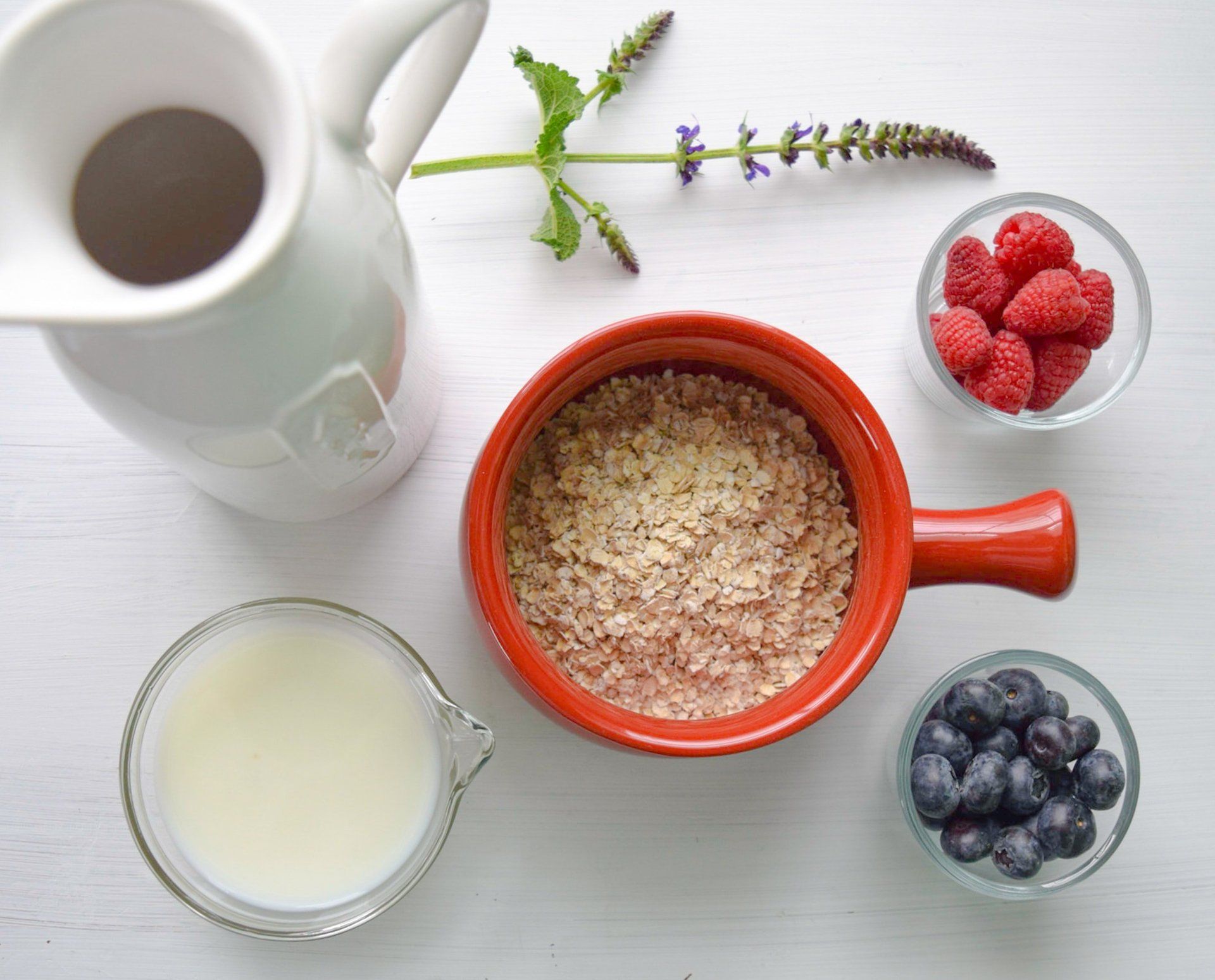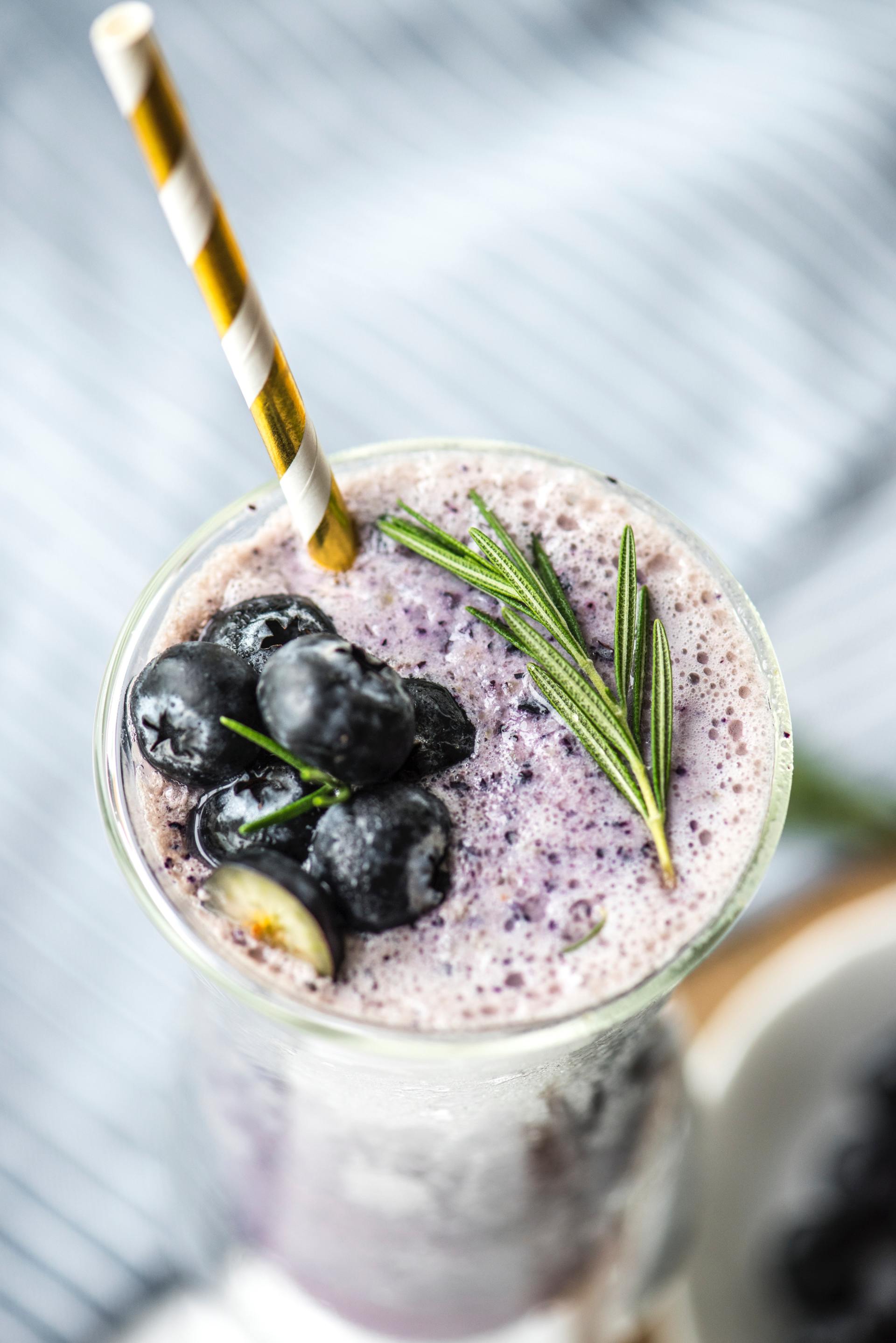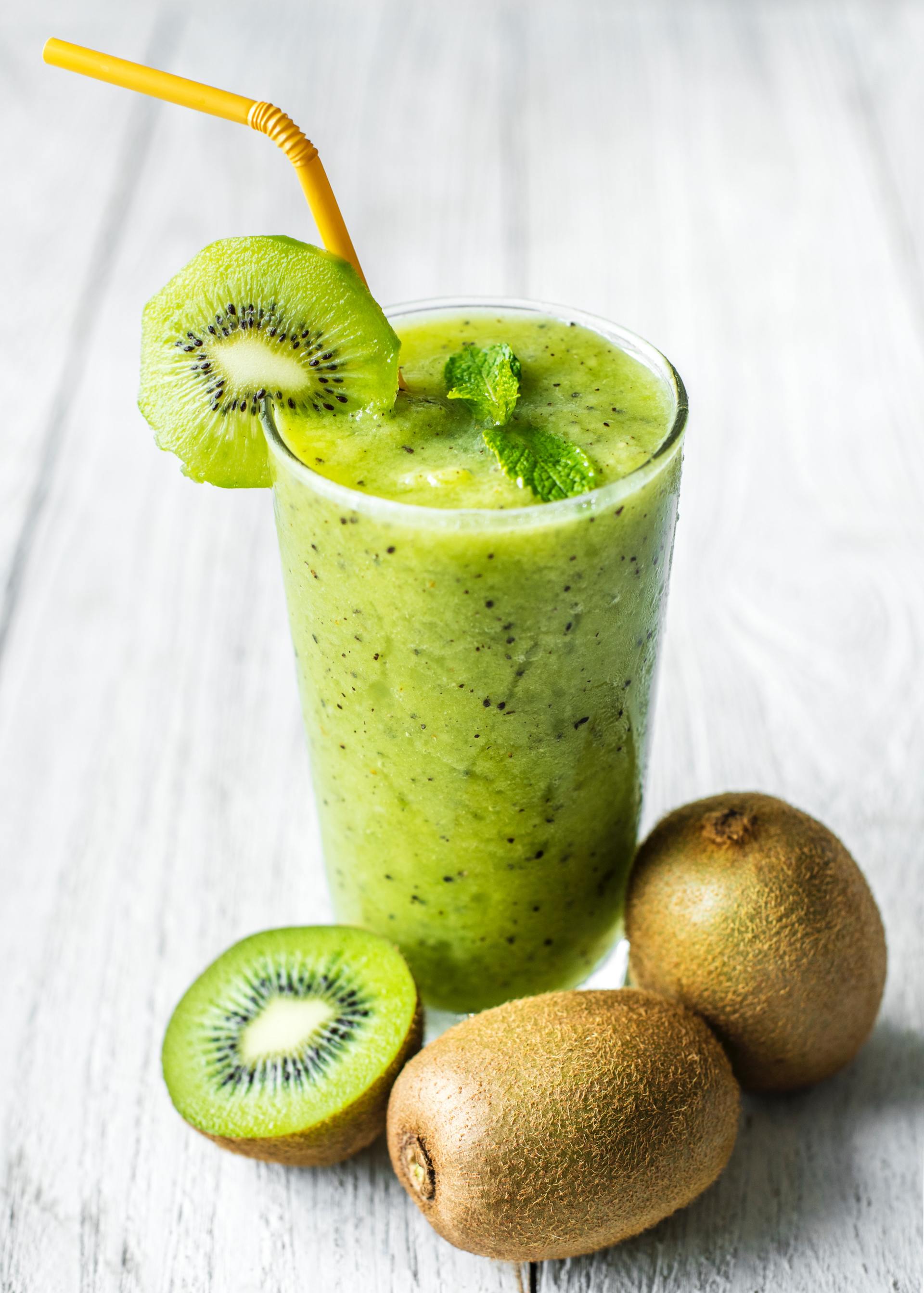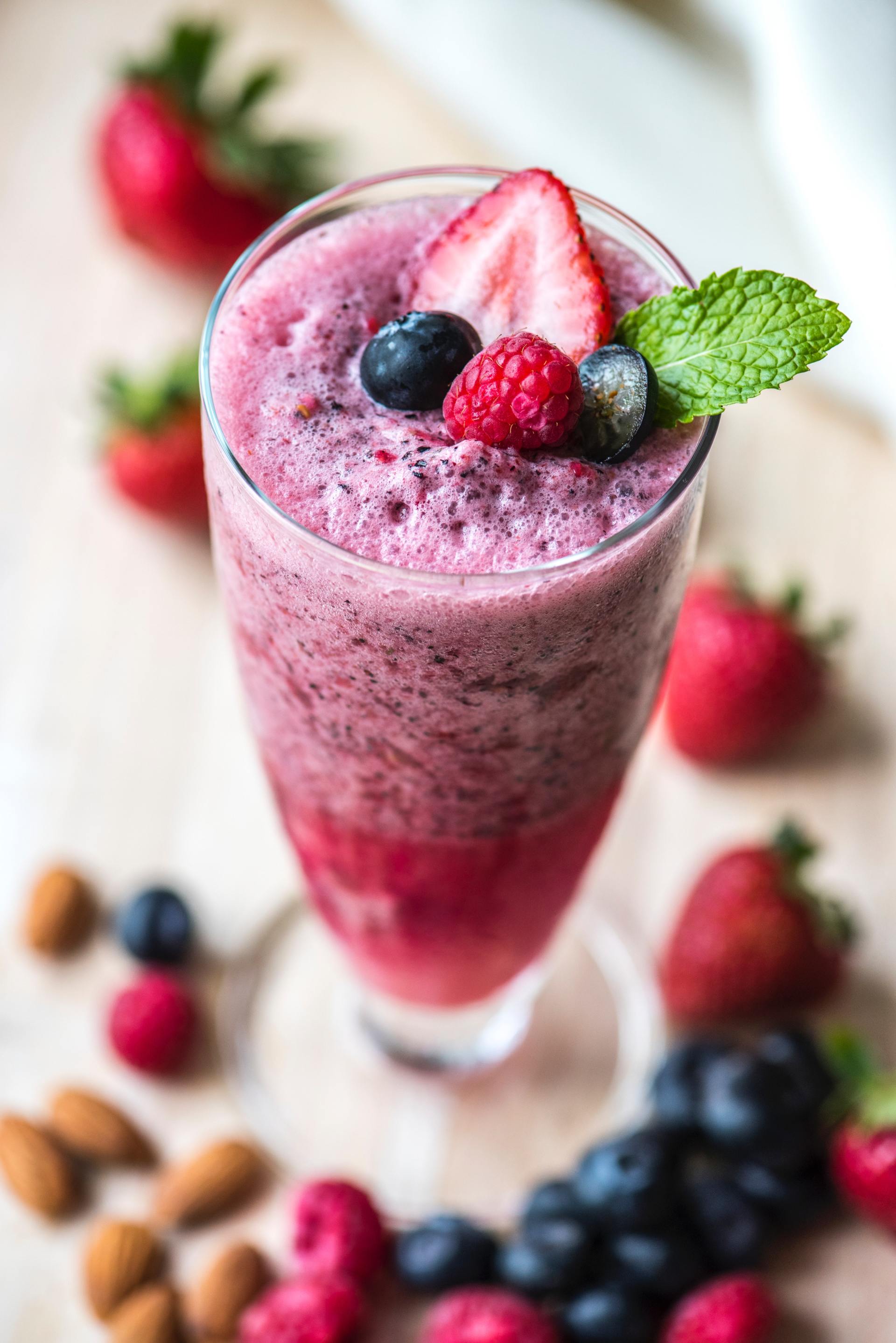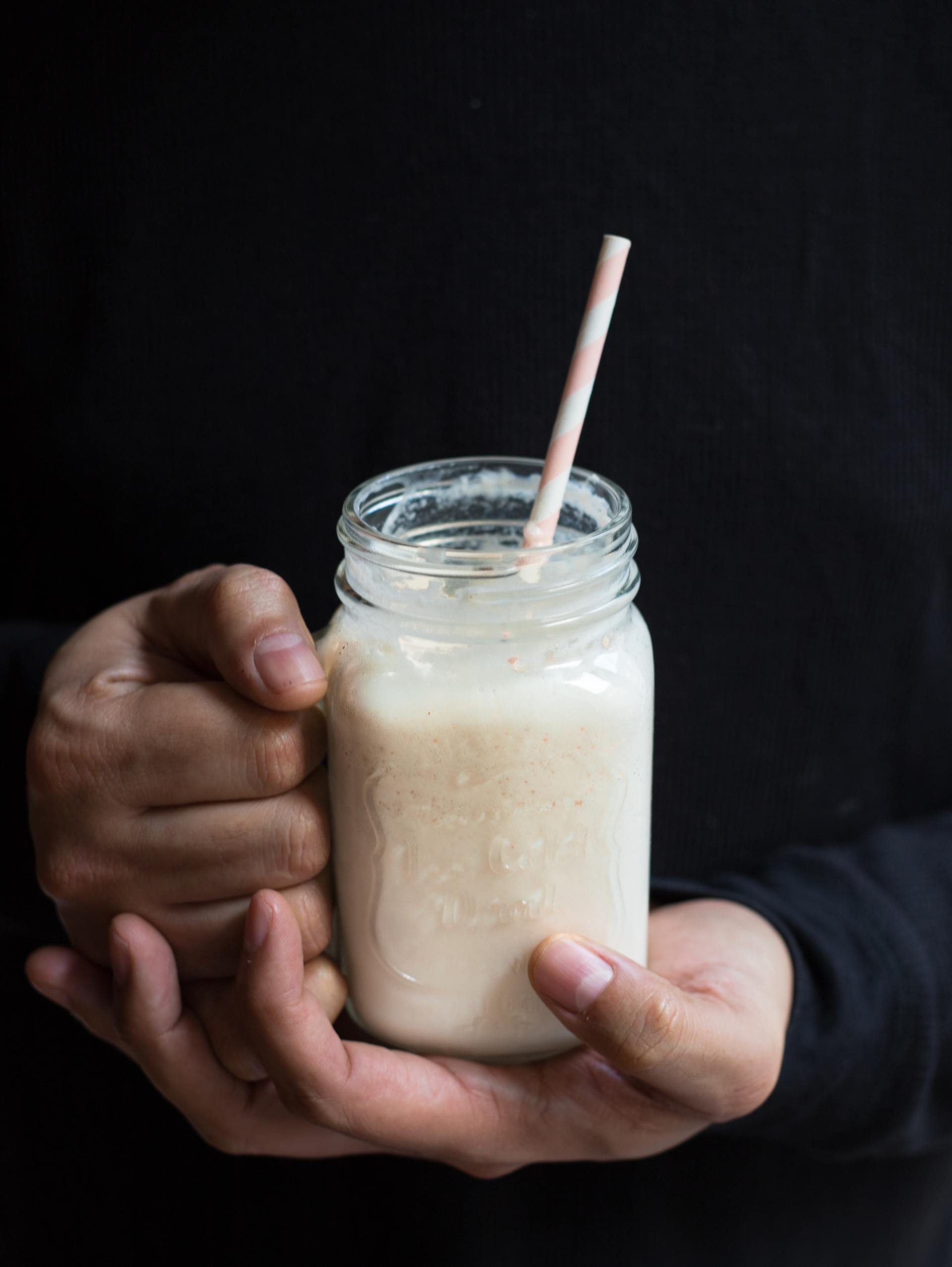This Is How Energy Healing Can Transform Your Life
Making energy healing a part of your wellness routine is a great way to ensure every part of you is healthy and strong.
Perhaps you have heard the latest buzz phrase: energy healing . As you may have noticed, within recent years, the idea of energy healing has profoundly taken off in the West. So, what is exactly is energy healing? More importantly, how can energy healing transform your life in the way it has seemingly changed so many others?
So, let’s begin.
Within and surrounding your body is a field of energy.
The Chinese call this energy “qi” and you may have heard about it when people talk about Acupuncture or martial arts. Sometimes this energy is referred to as your aura or even the energy of your chakras.
Despite its different names, the energy of your body plays an important role in your daily life.
As you go about your day, your energy field is constantly reflecting, absorbing, projecting and even deflecting the energy of everything around you.
From the energy of other people to the energy of electromagnetic fields and even the energy of conversations and emotional events, your energy field is in a constant state of movement and change .
That constant state of movement can eventually have an effect on your energy field, causing imbalances and “sticky points” where experiences get stuck.
Points in your energy field can be weak or strong, vibrant or lethargic and even sticky or smooth.
The great news is, energy fields can easily be healed.
What Does Science Say?
There are so many studies about energy fields, auras and qi, that there are volumes and volumes of books published about the evidence.
What we know is that through special types of equipment, we can visualize energy fields and through different experiments, we have seen that it can be very effective and can also produce many effects.
As far as energy healing is concerned, scientists have discovered that it is very real and very effective.
Reiki, one of the most popular forms of energy healing that we’ll discuss later, has been proven to relieve pain, help with the symptoms of mental illnesses and even improve cognition in elderly patients with Alzheimer’s.
Energy healing has been proven to be so effective that it is even used in major hospitals and health facilities around the world.
Clearing, reenergizing, empowering, balancing and calming your energy field is a really powerful, proven path to healing.
3 Types of Energy Healing
Below, we are going to discuss different types of energy healing methods and how they can help you.
Reiki
Reiki is one of the most popular forms of energy healing in the world.
Though there are many different forms of Reiki, most sessions are typically the same. Lasting about an hour, the person receiving Reiki will lie down on a massage table, fully clothed. The Reiki practitioner will then either place hands on the client or place their hands slightly above the client’s body, but still within their energy field. Client’s often express that they feel warm, tingling sensations during a session.
Reiki sessions can be performed for a variety of reasons and can include pain, physical problems, emotional situations or just for a general tune up of your energy field.
Crystal Energy Healing
Just like everything in the universe, crystals carry a specific vibration and energy. Typically, you can tell what type of energy a crystal carries by noting its color.
The color of the crystal usually corresponds with the color of the chakra it is attuned to. For example, violet crystals are typically attuned to the crown chakra and can help with psychic awareness, intuition and connecting to universal consciousness.
You can either use crystal energy healing on yourself or have a knowledgeable person conduct a session for you.
Sessions include understanding your symptoms and then placing crystals on the areas of the body that require adjustment.
Distance Healing
Distance healing is very similar to Reiki except the practitioner is not located in the same room as you. Because energy and intention are not confined to physical space, distance healing can be done across the globe and still have the same effects.
In a session, the person receiving the healing and the person giving the healing decide on a time that they want the session to occur. The person receiving the healing lies down in a comfortable position and prepares themselves to receive the healing energy.
The person conducting the distance healing sends love, kindness and healing intentions during the session.
What Type of Energy Healing Should You Choose?
There are many, many other forms of energy healing that we haven’t discussed here. Even acupuncture and tai chi can be seen as a form of self-induced energy healing. Simply put, energy healing is any process where your energy field is balanced or cleared.
Choosing what type of energy healing you want is a matter of preference… Some people enjoy the person touch of a Reiki session, while others prefer to work with crystals that they have sent intentions to. Others still prefer to use meditations or distance healing services.
You’ll have to try a few out to see which ones you prefer.
Energy healing can be so powerful and can have so many uses.
Positive, healing intentions sent through love, kindness and compassion can transform your energy field and in turn make you feel more at peace, in tune and healthy.
Making energy healing a part of your wellness routine is a great way to ensure every part of you is healthy and strong.

